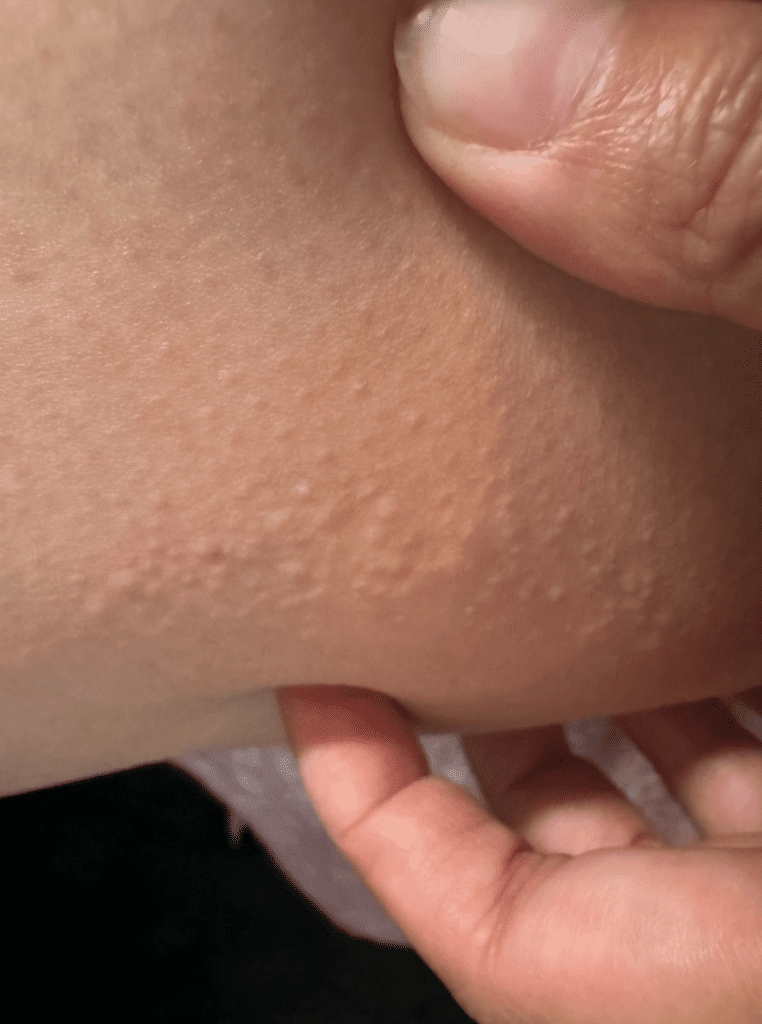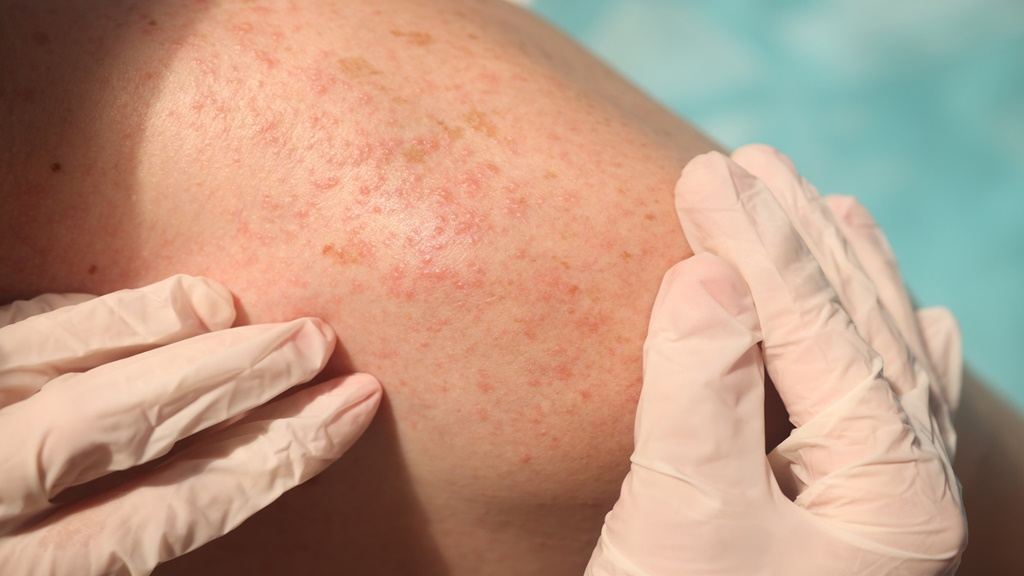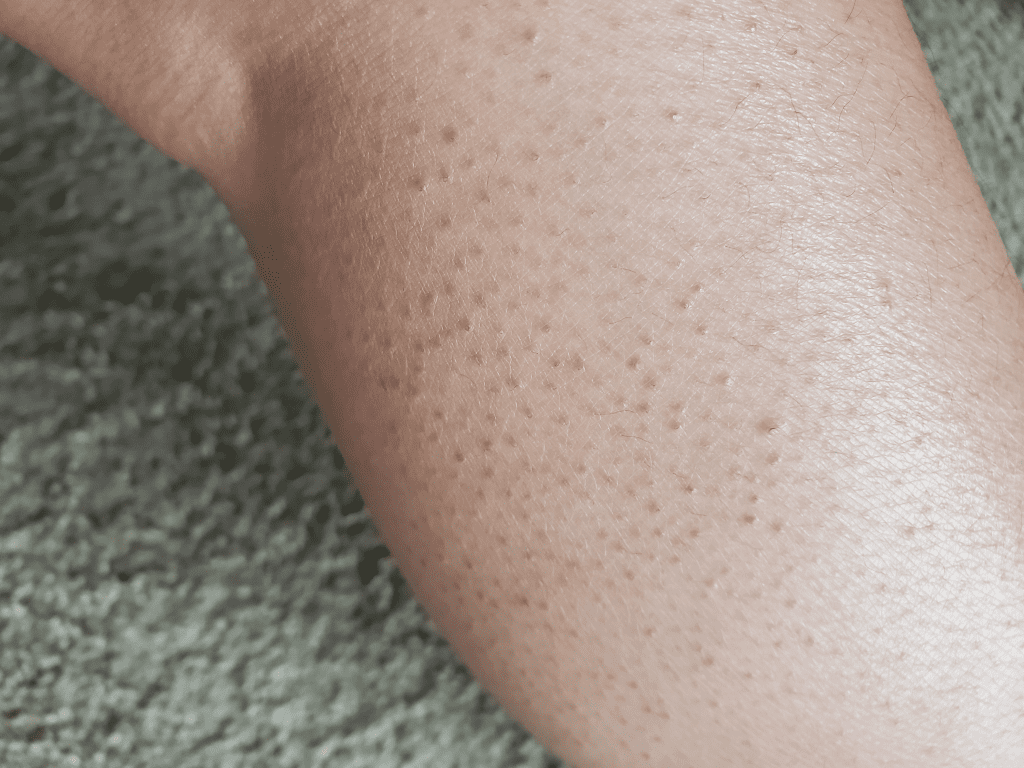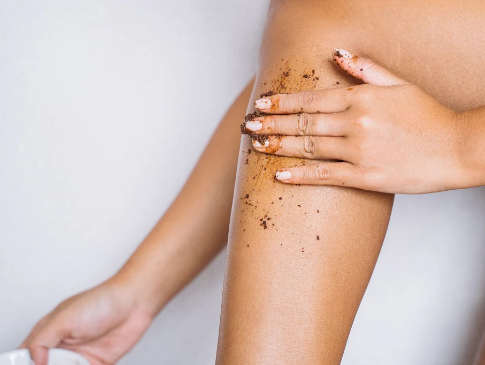Noticing tiny raised bumps on your legs can be both unsettling and uncomfortable. These bumps may signal various skin conditions, ranging from minor irritations to more complex issues. Knowing what these bumps could be and how to address them is essential for proper skin care and peace of mind. In this article, we’ll explore some common causes of these tiny bumps and provide actionable steps to help you manage and treat them effectively.
Common Causes of Tiny Raised Bumps on Legs

These small bumps can result from various skin conditions. Let’s delve into some of the most likely culprits:
1. Keratosis Pilaris
Keratosis Pilaris, sometimes referred to as “chicken skin,” is a common and generally harmless skin condition. It occurs when keratin, a protein that protects the skin from infections, builds up and clogs hair follicles. This leads to the formation of small, rough bumps, usually on the thighs, upper arms, and sometimes cheeks. While it’s not dangerous, it can be aesthetically bothersome for some people.
Symptoms: Tiny, rough bumps that resemble goosebumps; dry, sandpaper-like patches.
Treatment Options: Although there’s no cure for Keratosis Pilaris, consistent use of exfoliating products with ingredients like salicylic acid or lactic acid can help reduce its appearance. Moisturizing with lotions containing urea or glycerin can also keep the skin hydrated and minimize dryness.
2. Folliculitis
Folliculitis is a common skin condition where hair follicles become inflamed, typically due to bacterial or fungal infections. This can cause small, red, or white bumps that resemble pimples. Folliculitis often occurs after shaving, waxing, or wearing tight clothing, which can irritate the hair follicles.
Symptoms: Red, swollen bumps that may be itchy or tender; clusters of small pimples around hair follicles.
Treatment Options: Gently cleanse the area with a mild antiseptic wash and avoid shaving until the irritation subsides. Over-the-counter topical antibiotics or antifungal creams can also help. If the infection persists, consult a dermatologist for prescription medication.
3. Insect Bites
Insect bites, particularly from mosquitoes, fleas, or bed bugs, are common causes of raised, itchy bumps on the legs. These bites can cause mild discomfort and are often accompanied by redness and inflammation.
Symptoms: Itchy, red bumps that may appear swollen; often occur in clusters.
Treatment Options: Wash the affected area with soap and water, then apply an anti-itch cream or hydrocortisone ointment to alleviate itching. For added relief, an ice pack can reduce swelling. In cases of severe itching, consider taking an antihistamine.
4. Allergic Reactions
Skin reactions to allergens like laundry detergents, lotions, or specific fabrics can lead to small, itchy bumps on your legs. Contact dermatitis, a type of skin inflammation, may occur if you come into direct contact with an allergen.
Symptoms: Red, itchy bumps or patches; sometimes accompanied by swelling or blistering.
Treatment Options: Identify and avoid the allergen causing the reaction. Applying a fragrance-free moisturizer can soothe irritation. In more severe cases, an over-the-counter antihistamine or corticosteroid cream can help reduce the allergic response.
5. Heat Rash

Heat rash, also known as prickly heat, occurs when sweat ducts become blocked, trapping sweat beneath the skin. This often happens in hot, humid environments or after intense physical activity.
Symptoms: Small, red or clear bumps that may itch or feel prickly; often appears in clusters.
Treatment Options: Keep the area cool and dry. Wearing breathable clothing and using a fan can help prevent further irritation. For relief, apply a cool compress or calamine lotion to the affected area. Avoid using heavy creams or lotions that may trap heat and worsen the rash.
6. Dry Skin or Eczema
Dry skin, especially during winter months, can lead to rough, bumpy patches on the legs. Eczema, a chronic skin condition, may also cause red, inflamed, and itchy bumps that are particularly bothersome.
Symptoms: Rough, flaky patches with small bumps; may become itchy or red.
Treatment Options: Regularly moisturize with a rich, fragrance-free lotion, especially after showering, to lock in moisture. For more severe cases, a dermatologist may recommend topical corticosteroids or other medications to control inflammation.
What You Should Do About Tiny Raised Bumps on Your Legs

Once you’ve identified the potential cause of these bumps, you can take appropriate steps to address them. Here’s what you can do:
1. Consult a Dermatologist
If the bumps persist, change in appearance, or cause significant discomfort, it’s best to consult a dermatologist. A professional evaluation ensures you receive an accurate diagnosis and proper treatment tailored to your skin type and condition.
2. Maintain Excellent Hygiene
Wash your legs daily with a gentle cleanser, especially after sweating or spending time outdoors. Proper hygiene can prevent infections, reduce irritation, and promote skin health. Avoid harsh soaps, which can strip your skin of its natural oils, leading to dryness and more irritation.
3. Use Appropriate Skincare Products
Opt for hypoallergenic, non-comedogenic products that are less likely to clog pores or irritate your skin. If you’re dealing with Keratosis Pilaris or dry skin, look for lotions with hydrating ingredients like urea, glycerin, or hyaluronic acid.
4. Exfoliate Gently

Exfoliating helps remove dead skin cells, unclog pores, and minimize the appearance of bumps. For mild exfoliation, consider using a soft washcloth or a scrub with fine particles. If you have sensitive skin, limit exfoliation to once or twice a week to avoid irritation.
5. Moisturize Regularly
Daily moisturizing is key to maintaining smooth, healthy skin. Look for moisturizers that are free from harsh fragrances or dyes, as these can aggravate sensitive skin. Applying lotion after bathing locks in moisture and reduces dryness, helping to prevent bumps from forming.
6. Avoid Shaving Irritation
If you shave your legs, use a sharp razor and shave in the direction of hair growth. Always follow up with a soothing, fragrance-free moisturizer to prevent razor burn and bumps. Additionally, consider taking a break from shaving if you’re experiencing inflammation or irritation from folliculitis.
Lifestyle Tips for Preventing and Managing Skin Bumps
Beyond skincare routines, some lifestyle changes can help keep your skin smooth and free from irritation:
- Stay Hydrated: Drinking enough water helps maintain skin hydration and resilience.
- Wear Loose-Fitting Clothing: Tight clothing can irritate your skin, especially in hot weather. Opt for loose, breathable fabrics like cotton.
- Limit Sun Exposure: Overexposure to the sun can dry out your skin, making it more susceptible to irritation. Apply sunscreen when spending time outdoors.
- Use a Humidifier: During colder months, a humidifier can prevent your skin from drying out, reducing the likelihood of bumps and dry patches.
Conclusion: Take Action for Healthier, Bump-Free Skin
While tiny raised bumps on your legs can be a nuisance, they are often manageable with the right care. By understanding the causes and taking proactive steps, you can address these bumps effectively. Whether it’s adjusting your skincare routine, consulting a dermatologist, or making small lifestyle changes, your path to smoother, healthier skin is within reach. Keep these tips in mind, and remember to listen to your body—because healthy skin is always worth the effort!


